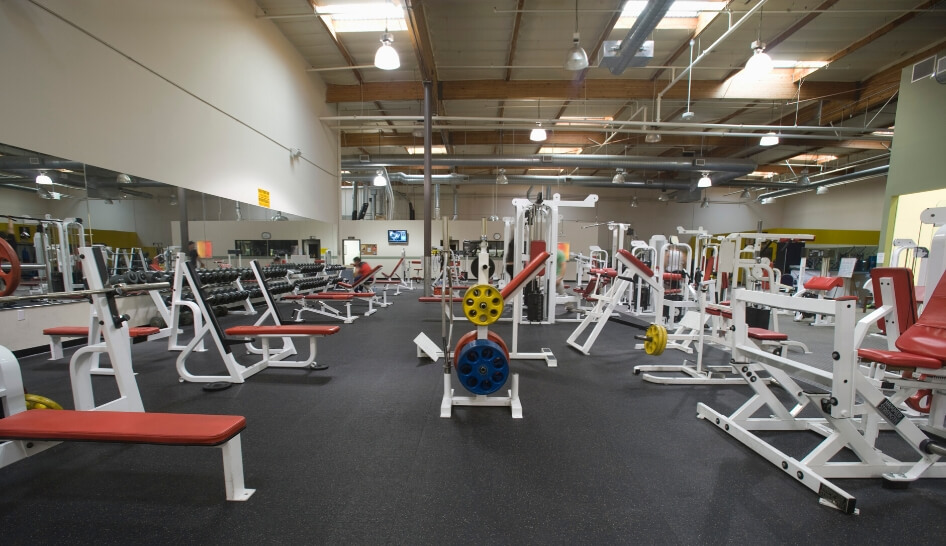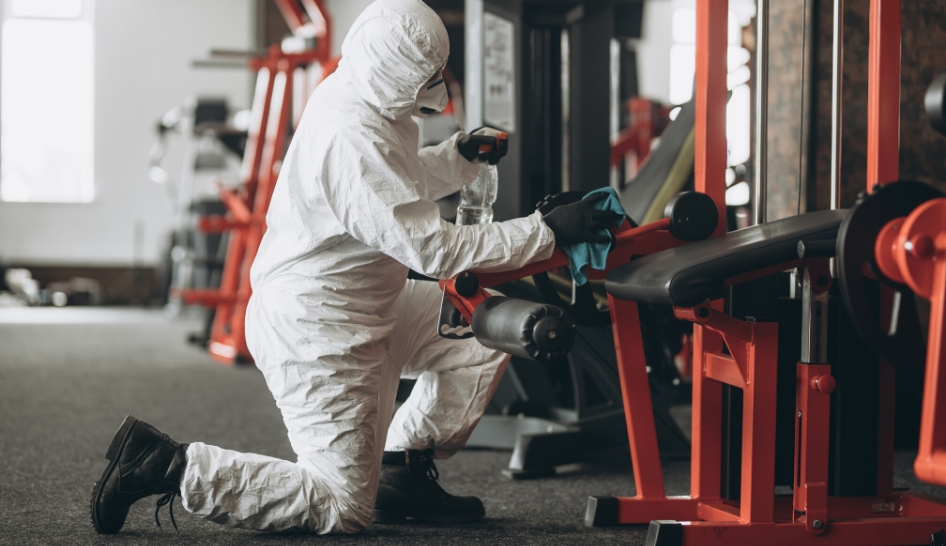Before the coronavirus pandemic hit in March, one in five Americans had a gym membership. Flash forward to early June, where 76% of respondents in a Drive Research survey said that they feel uncomfortable visiting a gym even if a face mask is required. However, two separate studies by MXM and ClubIntel show quite the opposite, both reporting that about 65% of respondents are likely to return.
It appears that just as the guidelines for reopening have been up in the air during COVID-19, so is the decision to return to the gym. No matter the case, in an industry that relies almost exclusively on members, fitness facilities will need to dig themselves out of the hole that COVID-19 dug.
This four-part series reviews the challenges and opportunities that Loni Wang, owner of Catic Wellness Group in Shenzhen, China, identified during the coronavirus pandemic. We have sorted Wang's advice for health clubs into the following topics:
- Strategy,
- Finance,
- Member Retention, and
- Leadership.
In Part 3, we cover member retention and the two challenges and two opportunities Wang faced.
Club Member Retention Challenges and Opportunities
The challenges with retaining members that Wang discussed are two-fold:
- Reduced Attendance & Public Fear of Communal Spaces
- Regaining Confidence with Members
Our conversation wasn’t all doom and gloom for the fitness industry. The Catic Wellness staff also maximized the following opportunities:
- Build Trust with Members Through Open Communication
- Show Increased Safety Protocols & Sanitation Guidelines
What do health and fitness clubs need to be successful? Members.
The impact of COVID-19 can be severe for fitness facilities if member relations are not handled correctly. So how did Wang and her staff preserve these relationships?
Challenge: Reduced Attendance & Public Fear of Communal Spaces
On average, data from health clubs that have reopened show 30% of members returning. For the more fortunate clubs, that number rose to about 50%, but others experienced a return rate as low as 10-15%.
Wang notes, “At the beginning, about 20% [of customers returned] because it is very difficult, they are [fearful] to go to a public place.”
Be prepared for fewer members initially, but don't let that get in the way of your gains. Members need to know that specific guidelines and protocols have been put in place to keep them safe.
You can also share research and information to help fight negative feelings caused by coronavirus updates, and ease the fears of members who are unsure if they should return. Early research in Norway shows that gyms do not pose any additional risk of spreading COVID-19 when following social distancing and hygiene protocols.


